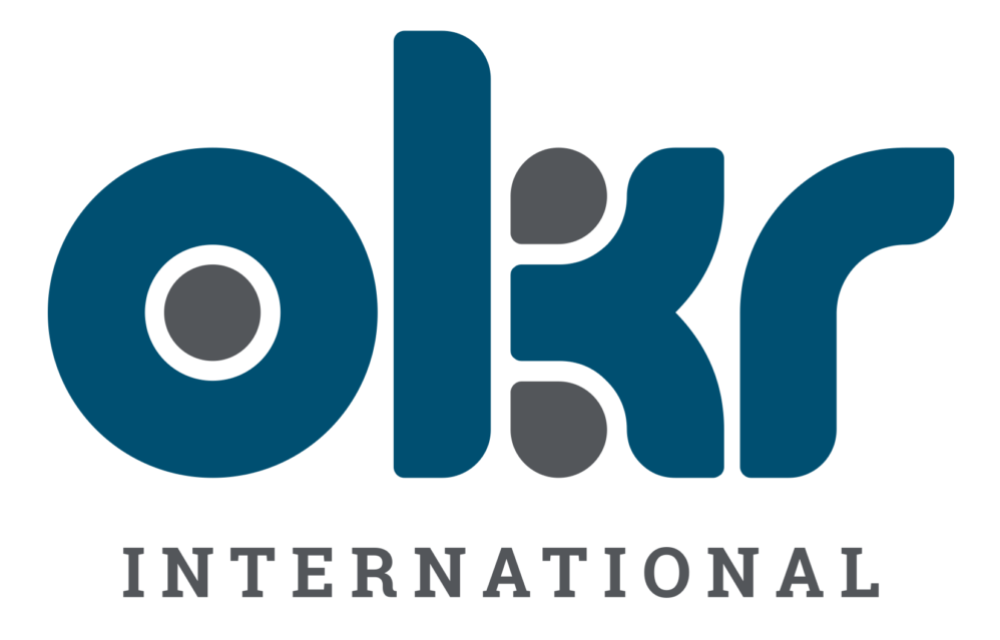Using OKRs with SCRUM & EBM (Evidence Based Management)
Introduction
A popular goal-setting framework, Objectives and Key Results (or OKRs) are an effective method for planning and measuring success for companies and teams. However, when agile teams attempt to apply them to their worlds, it can get confusing. This article helps you understand how to effectively combine OKRs with SCRUM and EBM (Evidence Based Management).
Over the last two years, I have extensively worked with several agile teams across multiple industries. Whether it’s SCRUM, Kanban or any other Agile methodology, teams find it difficult to use OKRs within their Agile world. I have been asked by several Agile coaches to help them see how OKRs can be combined with SCRUM and EBM (Evidence Based Management). So, let’s look at each one of them in detail as we conclude how their marriage can give the largest bang for the buck, for both, agile teams as well as their organisation.
OKRs have been popularly adopted by companies such as Spotify, Twitter, Airbnb, LinkedIn, Samsung, Microsoft, Amazon, and also used by companies such as Colgate, Walmart, Anheuser-Busch, Target, Gap, GE, Dun&Bradstreet, and ING Bank. This evolved the importance of such a framework along with the precise OKR examples for all the companies and the team to achieve ambitious goals. However, the concept of OKR was originally developed at Intel; it is most often cited in the context of Google.
Objectives & Key Results (OKR) is a goal management & execution system that contains no more than 3-5 Objectives & no more than 3-5 Key Results for each objective. It has 3 major components viz. Objectives, Key Results and Initiatives.
B. HOW DO YOU GET OKRs RIGHT?
Objectives – The “Heart” of OKRs
Objectives should help answer the questions – Where do I want to go? What is my goal?
Objectives should give you a sense of direction and focus. Thus, well-crafted Objectives shall it inspire your people to work towards them since it brings ‘heart or emotionality’ to your endeavor.
Here are some Guidelines for writing compelling objectives:
1. Should be aligned to purpose and strategy.
2. Make it exciting with an end-state.
3. Should be ambitious.
4. Objectives are more powerful when they are qualitative.
5. Stick to 3-5 objectives, to maintain laser focus.
6. Start with action verbs e.g., Create the most loved brand.
7. Could be committed (shorter term) or aspirational (longer term).
Let’s take a look at 2 objectives:
Objective 1: Launch app for medical professionals.
Objective 2: Be the most user-friendly app for medical professionals.
Which one would you choose as a well written objective? You guessed it right. It’s the second objective.
Key Results – The “Head” of OKRs
If Objectives help answer the questions – Where do I want to go? What is my goal?, Key Results help answer the questions – How will I measure success? How will I verify that I’ve reached my goal? Quite simply put, KRs are indicators of success.
Key results are nothing but measurable outcomes which, when achieved, will directly advance the objective.
So, let’s examine that making of a compelling Key Result:
1. Must be aligned to and contribute to an Objective.
2. Must be quantitative (measurable and verifiable).
3. Key Results must have a metric (KPI) and a target (quantity and timeline).
4. These targets must be challenging.
5. Stick to 3-5 Key Results per Objective.
Key Result – Examples
Objective 1: Be the most user-friendly app for medical professionals.
KR 1.1: Achieve a user Average Retention Rate of 80%
KR 1.2: Get an App Rating of 4.5
Initiatives – The “Hands” of OKRs
Initiatives play a crucial role in the execution of OKRs. Initiatives answer the question – What do I need to do in order achieve my Key Results? They work as the hands of your OKRs. They get things done!
Now let’s take a look at some Guidelines for Initiatives:
1. Initiatives could be a project, task or activity.
2. Have at least 1 initiative connected to every Key Result.
3. Must be necessary to get the desired Key Result.
4. Could be Boolean (Yes/No) or Metric driven.
Continuing from the previous example, for
Objective 1: Be the most user-friendly app for all medical professionals.
KR 1.2: Get an App Rating of 4.5
Initiative 1: Plan an App Store Optimization (ASO) program
Initiative 2: Get users to rate at moments of truth transactions using real-time nudges
Remember, Initiatives come in only after creating and aligning OKRs. In fact, once OKRs are finalized and aligned, the real collaboration takes places when Initiatives get implemented. This is when stakeholders are compelled to collaborate in putting the pieces of the puzzle together – the ultimate aim being the achievement of the OKR.
C. PRODUCT GOALS DEFINED?
The Scrum Guide released in November 2020 states that “the product goal describes a future state of the product … [It] is the long-term objective for the Scrum team.” It also suggests that “the product goal is in the product backlog. The rest of the product backlog emerges to define ‘what’ will fulfil the product goal.” The product owner is accountable for “developing and explicitly communicating the product goal.” The entire Scrum team is “focused on one … product goal” at a time.
Scrum is a guiding framework meant to facilitate the development of complex products. However, it does not dictate how the practices should be applied. And for this very reason, product goals have been interpreted in many a way viz. product vision, product’s value proposition, etc. I recommend that product goals be nothing but an outcome that the product must create for its users. Sample goal might be user acquisition, improved conversion, greater revenue or reduction of Tech-Debt. Aside from this, it is also an opportunity to look at how combining OKRs with SCRUM & EMB can begin here.
D. PRODUCT’S ULTIMATE GOAL & ROLE OF PRODUCT STRATEGY?
A product strategy describes what a business hopes to accomplish with its product and how it plans to do so. Therefore the strategy should answer key questions such as who the product will serve (users), how it will benefit those users, and the company’s goals for the product as part of its overall strategy.
A well define product Strategy is part of the Product’s ultimate goal – almost like the product vision. Why create your product? What impact you want to have? Whose lives you intend to change?
The vision for your product is essential. Without an inspiring reason to create your product, and for your customers to buy it, everything falls flat.
Google for its search engine: “Provide access to the world’s information in one click.”
While the product vision and its ultimate goal play and important role for the SCRUM team, combining OKRs with EBM allows teams to create value through evidence during their Sprints.
E. INITIATIVES AS EXPERIMENTS?
So, Objectives give you direction and ambition, Key Results give you measurability and Initiatives give you what you will do (projects, tasks, activities, etc.) to achieve the OKRs. Initiatives are like “experiments” that you almost bet on.
Because the OKR itself is ambitious, it encourages you to think of solutions you haven’t tried before (in most cases). It is these very experiments under the auspices of the initiatives that form the ‘Hypothesis’ in each case. In agile terms, each Sprint and Sprint Goal is the hypothesis:
• Product Teams have a Product Goal.
• Objectives help teams achieve the Product Goal.
• Key Result Areas measure the impact / outcome of the initiatives against the Objective.
• Initiatives are the hypotheses that will deliver against the Objectives.
Combining OKRs with EBM is almost like forest for the trees. While companies invest in Agile processes sometimes, they lose track of value creation by virtue of these agile tools. Has product delivery improved? How much happier are customers? Are employees satisfied and enabled?
Agile/SCRUM teams there can benefit greatly when they use Evidence Based Management (EBM) to create value-based metrics that eventually guard-rail and define initiatives/experiments by provided the ‘eye on the prize’ through value-based outcomes (OKRs).
EBM looks at 4 Key Value Areas and all 4 areas contribute to an organization’s ability to deliver business value.
1. Current value: Measures value delivered to customer or user today
2. Unrealized value: Measures value that could be realized by meeting all potential needs of the customer or user
3. Ability to Innovate (pivot): Measures the ability to deliver a new capability that might better serve a customer.
4. Time to market: Measures the ability to quickly deliver new capability, service, or product
F. INSPECTING AND ADAPTING
Sprint reviews is ideal to inspect and reflect on the hypotheses and experiments that were undertaken. Hence it allows the Product Owner and the team to look at how these initiatives are helping move the needle of the KR in question. This is simply the team’s ability to learn from the sprint, inspect on what’s working and what’s not, and finally pivot or adapt based on the learning to create the next set of experiments / hypotheses.
| If KRs are showing results | If KRs are not showing results |
| • Have you made enough progress? • Have the KRs actually changed due to other factors? • Do you need any changes to your initiatives? • Do you need to consider alternate Initiatives? |
• Are your KRs the right ones? • Are you measuring a lagging indicator? • Do you need to change an initiative? • Is a particular hypothesis, right? • Does an existing experiment need to be altered? • Should you add a leading indicator? |
Inspecting this way make it easier for the team to keep focus on relevant priorities for the next sprint and look at what value contribution it will make to the OKRs at hand.
G. FINAL WORD
If OKRs need to succeed, it must embrace the true nature the agile manifesto. Here are 3 things to watch out for in your quest to make OKRs truly robust:
- OKRs don’t cascade, they align. So, avoid turning OKRs into a waterfall exercise when instead it needs an adaptive approach to fulfilling organisational strategies.
- Combining the philosophy of Evidence-Based Management with OKRs will drive the real value generation for teams & organisations.
- Assuming an explicit set of activities will contribute to the Key Result, without constantly inspecting and adapting initiatives (hypotheses & experiments), may spell doom for your OKRs.
Thus, you can, very easily and effectively, combine OKRs with SCRUM and EBM.
References
- Formgren, J (2018). Power of making a difference at work. 15 October 2018.
- Scrum.org (2020) The Evidence-Based Management Guide. Measuring Value to Enable Improvement and Agility.
- The Executive’s Guide to Agile OKRs with Evidence Based Management (EBM), Matthew Hodgson
Want to learn more about OKRs?

CERTIFIED OKR PRACTITIONER (C-OKRP)
Get Certified on OKRs Become an OKR Champion
Email: nikhil@okrinternational.com
Contact Us Form: Click Here
Over the last 26 years, Nikhil has helped more than 400+ organizations across 22 industries in Strategy Planning & Implementation, Culture Transformation, and Leadership Development. He is a coach & behaviorist by profession.
OKR International operates with the purpose to help companies become more agile, more collaborative & more successful. With a global repertoire across a dozen industries, they play in the areas of OKR Implementation, Mentoring & Coaching.




